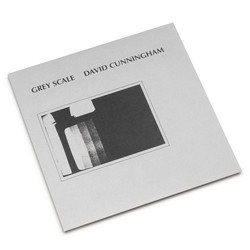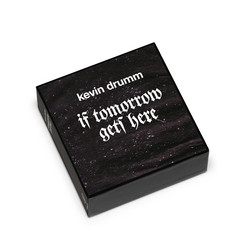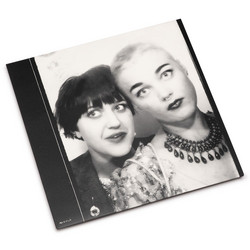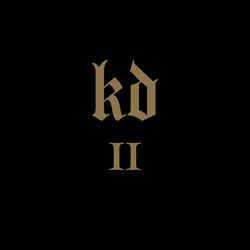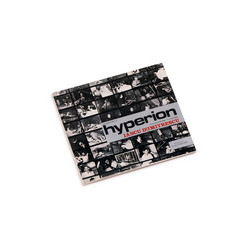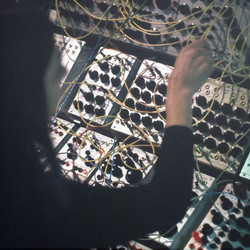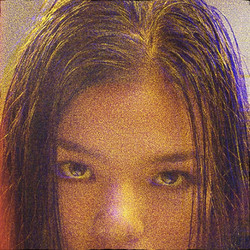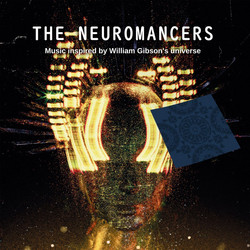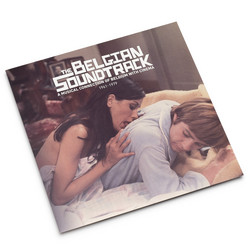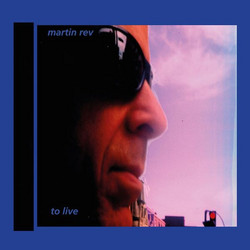Various
Magnetband: Experimenteller Elektronik-Underground DDR 1984-1989
LP version. Inspired by punk and post punk, vibrant scenes dedicated to independent self-actualization by means of self-distributed cassettes - the cheapest and fastest medium - were developing on each side of the Cold War's confrontational line. Albeit, under quite different circumstances. While there was a DIY euphoria in the West, which would also have had ideological motives, subcultures in the East simply had no other means. Even the first act of replication meant moving into illegal territory, since every duplication had to be authorized by State authorities, just like anything else. The protagonists - musicians, painters, poets, filmmakers, performers - crossed genres and jumped back-and-forth between various styles. Disillusioned, and often ready to jump towards the West, these border crossers defined themselves rather somewhere between non- and anti-political, pursuing self-actualization strategies by means of an extended niche existence. They took refuge in the search for ways of creative self-assertion and communication, looking out in sensual despair, utilizing sounds of rage, linguistic wit and a passion for tinkering. Driven by ubiquitous boredom, equipped with plenty of time and free of economic restraints (or rather possibilities), labor was performed with no regard to the final product, hardly documented and almost never published. With the partial opening of State-controlled media and cultural sites accompanying the beginning agony of the State, conditions changed. Suddenly there was radio airplay of supposedly illegal cassettes and weird noise performed at Palast Der Republik. In the end, full albums by these "other bands" were released on the State-owned label AMIGA. The collapse following soon after relieved the activists remaining in the country who continually had to re-position themselves. Many took different roads, some leading to Rammstein, others to Raster-Noton or groups like To Rococo Rot and Tarwater. The artifacts from that era tell of a stance of refusal in practice. Between being excluded and self-exclusion, truly wayward sounds and means of expression were developed. Bert Papenfuß, Ronald Lippok, Bernd Jestram and Bo Kondren compiled two companion CDs accompanying the long sold-out Zonic special edition Spannung. Leistung. Widerstand. Magnetbanduntergrund DDR 1979-1990, released in 2006, of which the more experimental-electronic pieces are herewith available on the music market for the first time. Features: A. F. Moebius, Kriminelle Tanzkapelle, Heinz & Franz, Magdalene Keibel Combo, Choo Choo Flame, Stoffwechsel, Corp Cruid, Taymur Streng/Ornament & Verbrechen, Der Demokratische Konsum, Gesichter, Ihr Arschlöcher, Aponeuron, and Robert Linke.
